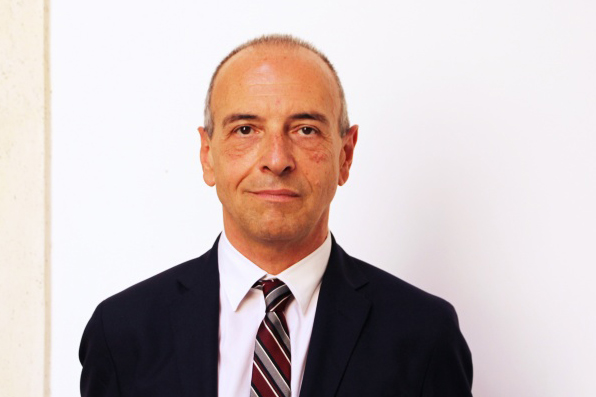
Diego Bettoni is the new director of the Legnaro National Laboratories (LNL) starting from January 2017. LNL is one of the four INFN national laboratories; it is engaged in basic research in nuclear physics and astrophysics and in the applications arising from the development of nuclear technologies. The laboratory, inaugurated on 27 November 1961 as "Centre on Nuclear Research of Veneto Region", has its roots in INFN excellence for particles accelerators and detectors. LNL strength points are nuclear particles accelerators and nuclear radiation detectors; it is hence a centre that gathers many researches and developments on low energy nuclear physics in Northern Italy. Today, over 800 researchers coming from all over the world regularly join LNL research programmes. The laboratory does not only host its five accelerators and the detectors for its ongoing experiments but also major European collaborations' research projects.
Is it possible to identify a progressive development of the Laboratories in a defined direction? What are the main basic research topics that the laboratory is focussing on today? Ever since their foundation in 1961 the Legnaro National Laboratories (LNL) have distinguished themselves for forefront research in the field of fundamental nuclear physics. This excellence has been maintained over the years, on one hand thanks to the construction and operation of accelerators meeting the demands of an ever growing national and international user community; on the other hand thanks to the development of innovative detectors for nuclear spectroscopy, from the early scintillation detectors, to Germanium-Lithium detectors, until the modern “gamma arrays”. ...
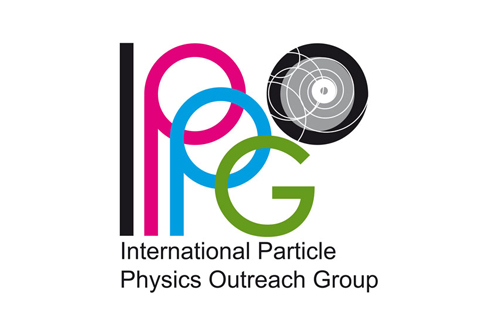 IPPOG, A SCIENTIFIC COLLABORATION FOR PARTICLE PHYSICS OUTREACH
IPPOG, A SCIENTIFIC COLLABORATION FOR PARTICLE PHYSICS OUTREACH
A rare mix of scientists, science communicators, and educators from the most prominent laboratories and institutions engaged in particle physics around the world, working in science education and public outreach for particle physics: this is IPPOG, the International Particle Physics Outreach Group. IPPOG’s goal is to contribute to global efforts that strengthen cultural awareness, improve understanding and support of particle physics and related sciences, and develop the next generation of researchers, by raising the standard of public outreach and science education. Current members come from the 22 member states of CERN, which include the Italian INFN, and other countries active in particle physics, like Australia, Ireland, Slovenia, South Africa, and the USA. Established 20 years ago, IPPOG first evolved from a European to a global network and now, on 19 December 2016, has become a formal scientific collaboration based on a memorandum of understanding, signed by INFN in January. A total of 13 countries have joined the collaboration and there are several candidate members expected to join soon. IPPOG’s members include representatives of several national-level science networks, ...
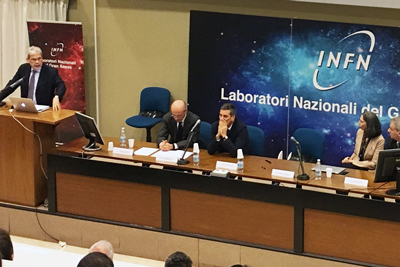
On 27 March, the Italian Minister for Territorial Cohesion and the South, Claudio De Vincenti, visited the INFN Gran Sasso National Laboratories (LNGS). The visit of Minister De Vincenti provided the opportunity to present experiments that are on the cutting edge worldwide in areas such as neutrino physics and the search for dark matter. Among them, the DarkSide-20K project involves the construction of one of the most advanced experiments in the world at the Laboratories to search for dark matter, ...
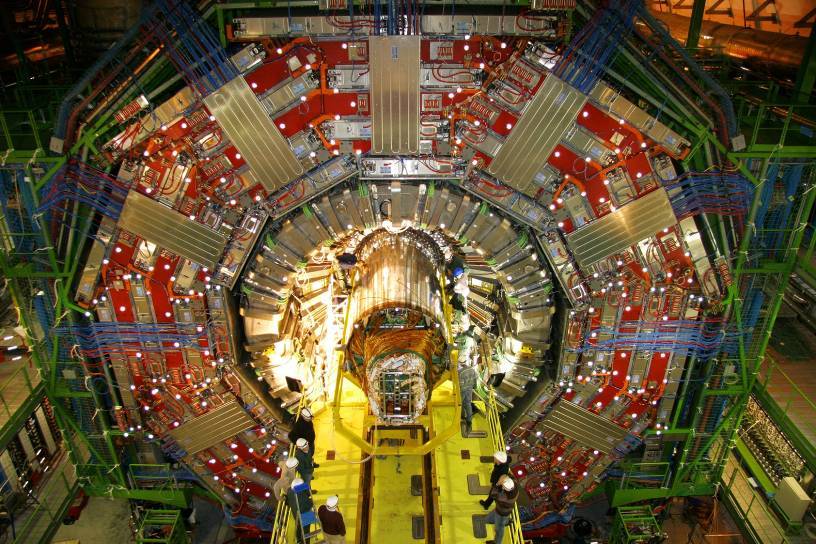
The restart of the LHC is approaching and the experiments are preparing for a new run full of scientific challenges. After the usual winter break, the big accelerator at CERN will start again in a few weeks. In March, physicists and engineers at CERN replaced the heart of CMS, one of the four main detectors of the LHC....
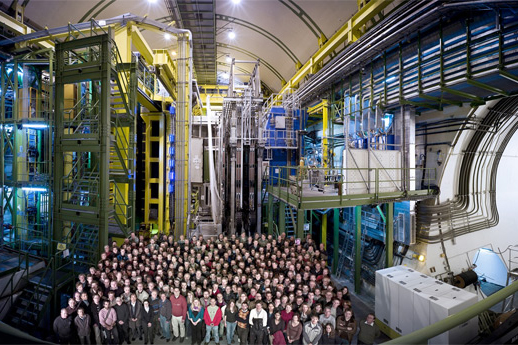
The LHCb experiment has managed to recreate in the laboratory cosmic collisions between protons, accelerated in the ring to an energy of 6.5 TeV, and helium atoms at rest. This is the first measurement of the production of antimatter in proton-helium collisions and represents, ...
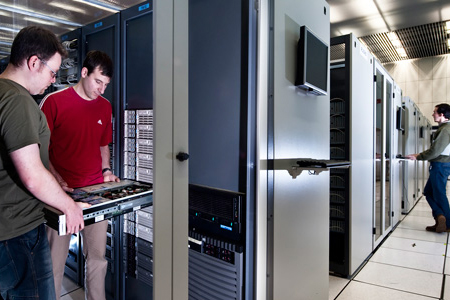
INFN invests a million Euros in training future big data professionals, publishing 12 post-doc scholarships to collaborate with experiments at the Large Hadron Collider (LHC) at CERN. New scientific discoveries and the advancement of technologies always proceed in parallel in modern society. This is also true for high-energy physics and computing technologies. ...
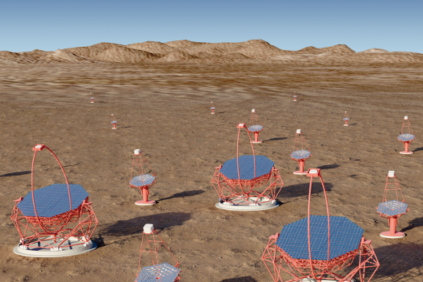
INFN membership of CTAO GmbH (Cherenkov Telescope Array Observatory), which will be the largest earth-based gamma ray astronomy research infrastructure in the world, has been formalised. CTAO will, in fact, consist of over 100 new-generation telescopes, dedicated to the study of gamma rays, i.e. high and very high energy photons, of galactic and extragalactic origin, which manage to reach our planet. Italy is participating in CTAO, ...
cover image:
Cyclotron P70 at the Legnaro National Laboratories of INFN.
INFN - COMMUNICATIONS OFFICE
comunicazione@presid.infn.it
+39 06 6868162